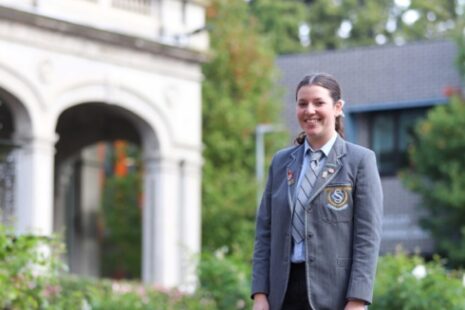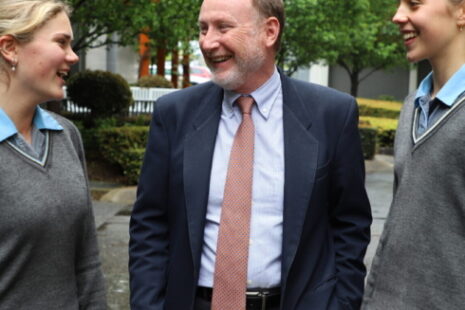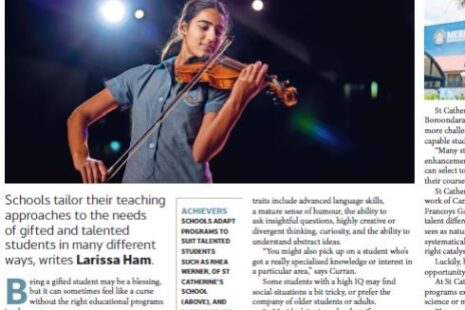Improving Teaching Practices With Cognitive Sciences
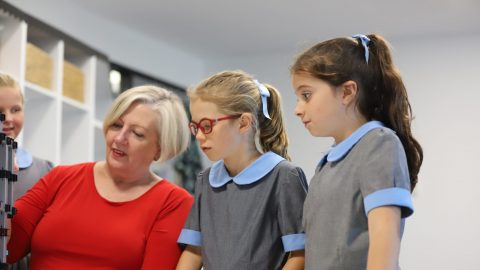
At Barbreck, our objective is to ensure that all our students are thriving academically, socially, and emotionally.
During these important junior years, developing an environment that nurtures and provides opportunity for learning and development is our highest focus. The emphasis on improving teaching practices is fundamental, we pride ourselves on being at the forefront of utilising the most innovative and forward-thinking teaching practices. With this in mind, the cognitive science space offers many opportunities for developing how we educate students.
Drawing on psychology, artificial intelligence, linguistics, and philosophy, cognitive science is advancing theories on thinking, awareness and learning (Merriam & Webster). One theory underpinning our teaching practices is the Cognitive Load theory which examines the load on the brain when it processes information therefore impacting the design of lessons.
Studies have identified two beliefs: (1) “the human brain has a limited capacity to how much new knowledge can be processed at one time and (2) there is no limit to how much stored information
the brain can process at on time.” (NSW Centre for Education Statistics and Evaluation, 2017).
Our teachers at Barbreck consider the cognitive load limit for the age level of their class dependent on their level of development and brain maturity. This then enables our teachers to design
lessons for the optimal learning of students.
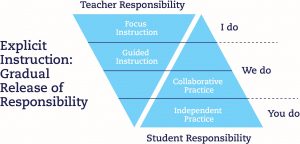 The Explicit Teaching Model has been implemented as best practice in our Barbreck classrooms. This model introduces new knowledge by taking individual pieces of information (Chunks) and grouping them into larger units. The process of Chunking enables students to process the information more effectively as they retain the new knowledge in their working memory for longer. (Good and Brophy, 2003, as cited in Marzano, 2017, page 41).
The Explicit Teaching Model has been implemented as best practice in our Barbreck classrooms. This model introduces new knowledge by taking individual pieces of information (Chunks) and grouping them into larger units. The process of Chunking enables students to process the information more effectively as they retain the new knowledge in their working memory for longer. (Good and Brophy, 2003, as cited in Marzano, 2017, page 41).
The use of the chunking method provides opportunities to engage students in processing activities to deepen and broaden their understanding of new knowledge. The time allocated for processing is important as it assists students to actively engage with content and their learning. Examples of chunking and processing exercises in the classroom include:
- A lesson on Insects and Arachnids – Students begin by examining the physical structures of insects and arachnids, looking for similarities and differences, organise the new information and then refine their understanding of the new knowledge.
- Learning a phone number sequence by separating individual elements into larger blocks, the number becomes easier to retain and recall.
- Improving literacy skills by encouraging students to break words into manageable ‘chunks’ to sound out, rather than sounding out each individual letter.
The chunking and processing model represents best practice when teaching new content, allowing students the opportunity to understand and internalise the knowledge before moving onto the
next chunk of new learning.
Barbreck staff actively seek professional development and current research to refine their professional practices and ensure they are working to provide the best outcomes
for the students they teach. This research, together with a number of Harvard courses currently being undertaken, ensures our teachers are continually refining and improving professional practices in response to current research.


